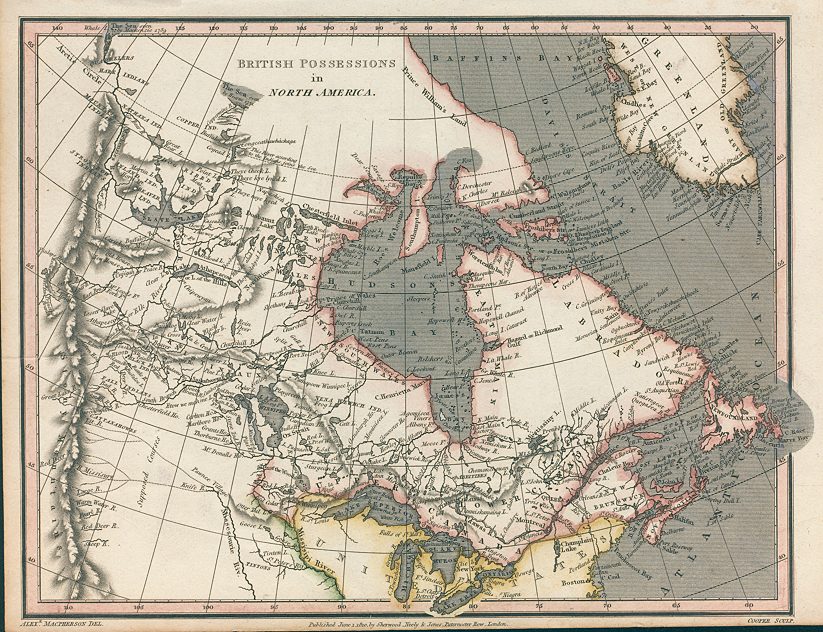AS THE 1930’s drew to a close, only eight countries in Europe, besides Great Britain and France, were still democracies. They were Belgium, Holland, Switzerland, Czechoslovakia, Norway, Sweden, Denmark and Finland. Three of Europe’s most important nations were dictatorships. The Soviet Union was communist; Germany and Italy were fascist. There had been dictatorships before, but these went further; they were totalitarian. The word “totalitarian” comes from the word “total,” and total control is what these dictatorships were after — total control of their people, total control of their actions and thought. There were differences between the totalitarian countries. While Stalin exterminated his opponents as ruthlessly as the fascists, he sought to spread his power less by war than by internal revolt. Nor did the Soviets openly preach racial war and genocide. In Germany, however, the Nazis loudly boasted that the Germans were the master race, destined to conquer all other, inferior, peoples. “Today Germany,” they said, “tomorrow the world.” Furthermore, the fascists claimed to be the only ones who could stop Communism and the communists considered the fascists their worst enemies. As a result, the communists in some countries found themselves lined up with the defenders of democracy against fascism. In France they were part of the Popular Front. In the United States they supported Roosevelt and the New Deal. In Spain they fought against Franco side by side with men who believed in democracy, although the communists later betrayed the Spanish democrats. Three ideologies competed for control of the world and as events turned out, one totalitarian nation — the Soviet Union — would finally be forced to stand with the democracies against the totalitarians of Germany, Italy and Japan in the most terrible war in the history of the world.
Read More »Democracy Spreads 1867-1905
DEMOCRACY IN the Scandinavian countries, Belgium, Holland and Switzerland followed the pattern of the three large democracies. Everywhere during this period there was a trend toward constitutional government, elected law-making bodies, cabinet ministers with responsibility to the people, liberty, personal rights and voting rights for all men in the lower classes. In Canada, the most difficult problem was nationalism. At the time of the Civil War in the United States, Canada consisted of a number of British provinces, most of which were independent of each other. The oldest of these was the province of Quebec in the Saint Lawrence valley. As it was originally a French colony‚ its people still spoke French, obeyed laws similar to those of France and worshipped in the Catholic Church. Although they had lived under the British flag for many years, they were afraid that the great flood of immigrants from England would destroy their way of life and felt that as Frenchmen they should form a nation of their own. At the same time, British subjects in other parts of Canada felt that all the provinces should join together in one large nation. The problem was finally solved by uniting all the provinces in one nation, but allowing each province to retain control of local affairs. The Canadians wrote a constitution for the new nation, which was approved by the British Parliament in 1867 when it passed the British North America Act. The constitution provided that the Dominion of Canada should have a parliament with a cabinet responsible to the political party in power. At that time, the Dominion consisted of four provinces — Quebec‚ Ontario, Nova Scotia and New Brunswick. Manitoba became a province in 1870 and British Columbia in 1871. The Canadian Pacific Railroad was built to connect these western provinces with …
Read More »

